Sponsored by Mino City
Seeing the Flower Mikoshi Festival is a great reason to visit Mino in Gifu prefecture, but there are a few other things to see as well!
The Nagara River – Lifeline of Mino City
Though the trademark Hanamikoshi flower floats usually start right on the first day, this time they were postponed due to the rain. This gave me the chance to explore a little bit of the area. Mino, originally called Kozuchi, was well known as a port town during the Edo period. The main feature of the town is the Nagara River, which was a source of income and prestige and is still to this day a source of great beauty. You can walk along the river using the twisty roads along the cobblestone bank, but take care not to trip!
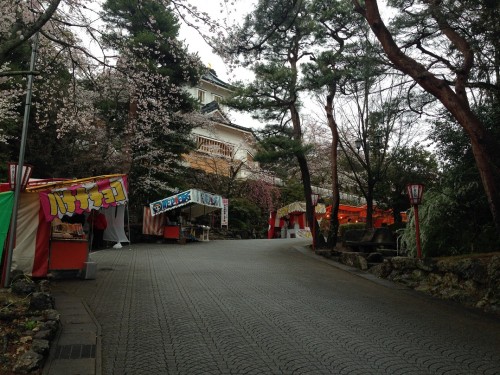 I got to the park early, just as the Cherry Blossom Festival was starting!
I got to the park early, just as the Cherry Blossom Festival was starting!
Your first stop along the way will probably be Ogura Park. It is a rather big area, with plenty of cherry blossom trees and great hiking trails. Concurrent with the main Flower Mikoshi Festival is the Ogura Cherry Blossom festival. This is truly the best place in town to enjoy viewing these beautiful flowers, and eat some festival food! There are numerous games of chance as well. I engaged in some trick shooting, and though I lost, the people manning the booth were nice enough to give me a prize anyway. The atmosphere in general is very friendly and welcoming. The park also contains a small zoo which might be fun for kids, though the enclosures were a bit cramped for my liking. If you walk through the park you will eventually come to the observatory, which will give you a great view of the town.
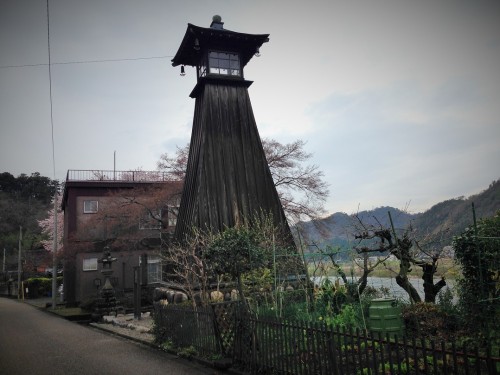
Back to the Nagara River, one of the first landmarks visible will undoubtedly be the Kawaminato Lighthouse. This was built in 1601 to guide the many merchant ships that sailed along the river. Today it remains an important part of local history as well as a guidepost for the Sumiyoshi shrine.
While strolling along the riverbank I noticed many others stopping by the lighthouse despite the rain. There are very few like it still standing today.
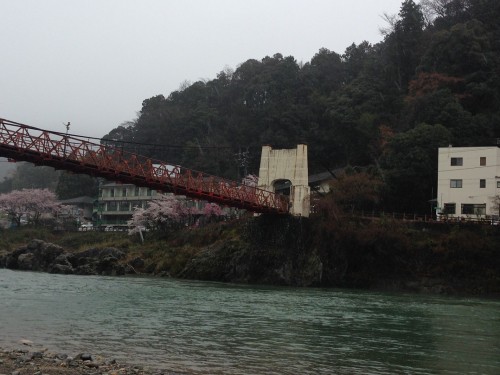
The Oldest Existing Modern Suspension Bridge in Japan
On the way to the lighthouse, one can easily spot the most notable landmark of Mino, the Mino Bridge. When it was made back in 1916 , it was the longest bridge in Japan at that time in this area, and it still stands now, the oldest of its kind. It is absolutely impressive considering its age, and still very sturdy after all these years. Walking on it seems like being a part of history. If you enjoy fishing, the area below the bridge is a popular spot. Even in the rain, I saw people fishing there on both days. There are also some beautiful cherry blossoms in this area as well.
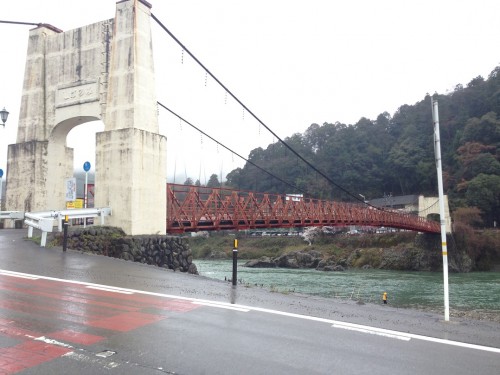
Though the river commanded most of my attention, there is another significant architectural feat on the opposite side of the path. The Soutai Yousui is an ancient irrigation system from the Edo period. It was named a water management heritage site in 2015. To be honest, I missed it my first time through; my advice is to look for the water wheel by the lighthouse and follow it down the road. It actually goes quite a ways, and may be of interest for those who want to know about how the people of Mino lived 400 years ago.
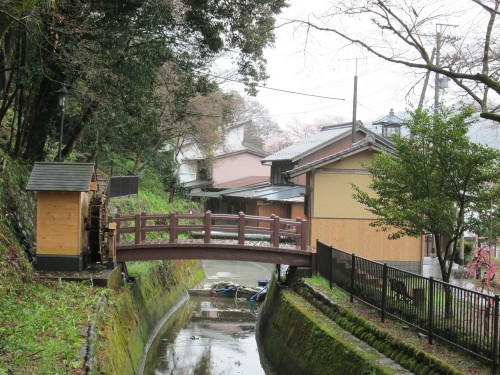
Station Road Farmer’s Market – A Cross Section of Fine Country Living
A short time later I came to the Michi no Eki farmer’s market. It was chock full of locally grown fruits and vegetables, fresh flowers, local handicrafts, and plenty of other gifts.
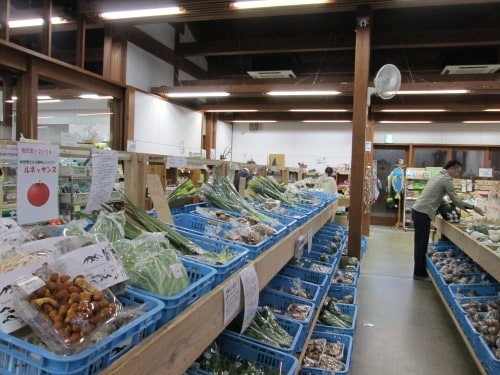 Some of Mino’s most delicious souvenirs!
Some of Mino’s most delicious souvenirs!
Some of the local specialties I spied were paper products, produce like garlic and tomatoes, sweetfish (known as Ayu), as well as a variety of mochi and other Japanese sweets. Goods bearing the likeness of Udatsu-kun, the local mascot, which is a piece of an Udatsu-style house, can be bought here as well. As a service to travelers, people can rent bikes here, and those who journeyed to Mino by bike can have their tires filled for free.
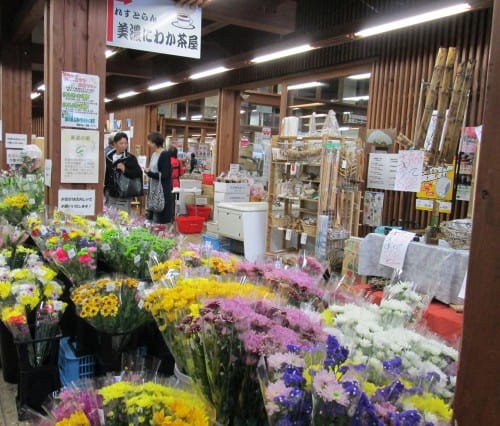
Hungry tourists looking to get a bite to eat can check out the food stalls, or Niwaka Chaya, a nice little restaurant on the premises. To make an order, please use the vending machine by the entrance to buy a ticket, and then give it to the cashier inside. Dishes such as tempura, udon, and miso katsu, a specialty of nearby Nagoya, are some highlights of the menu.
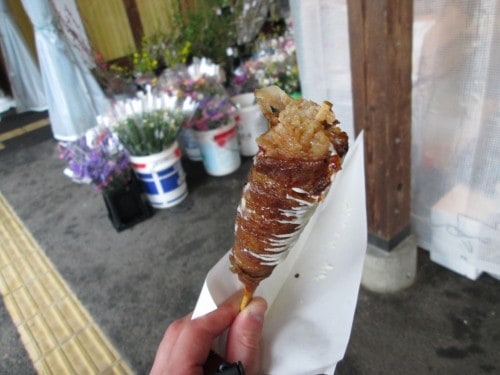
The End of My Goofing around in Gifu
There is still more to do in the area if you can spare the time. If you happen to come on a nicer day than I did, do check out the many hiking trails around the area. You can also stop by the Mino Washi Museum. This museum is dedicated to the paper products of Mino, which have a history going back over 1300 years, and the techniques behind Mino washi, was designated an Intangible Cultural Heritage by UNESCO.
In conclusion, if you do not mind the time it takes to get here, Mino is a great place to see. It is a beautiful town full of cherry blossom trees, nice festivals, and a great history. For people looking to get away from the hustle and bustle, you’ve found the right place!
Access
The town can be reached from Minoshi station, via Minoota station on the Takayama Main Line. This line crosses with the Tokaido Line at Gifu, where express trains to Nagoya are available. Taking a bullet train to and from Nagoya is advised. It is also possible to get limited express trains to Nagoya directly from Minoota, but you will be charged an extra seat fare.
(Minoshi to Nagoya, About 110 Minutes, 1700 yen)
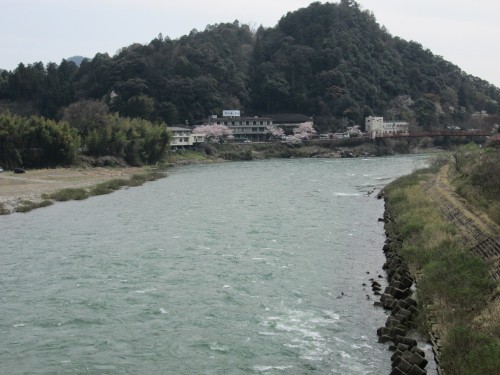
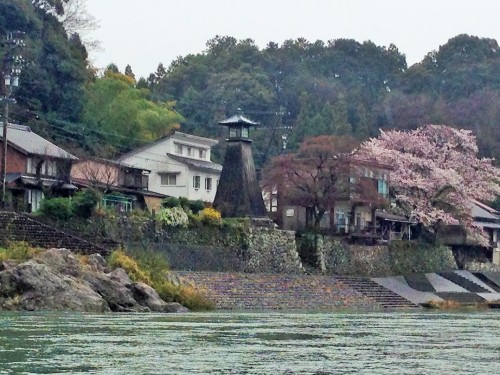
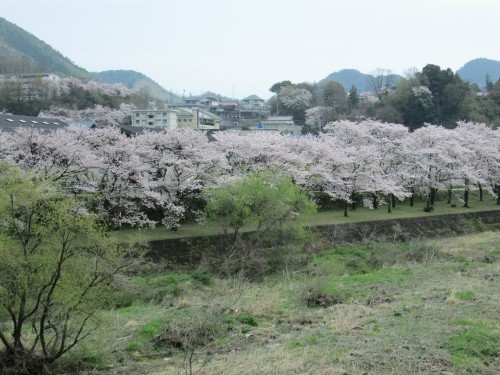
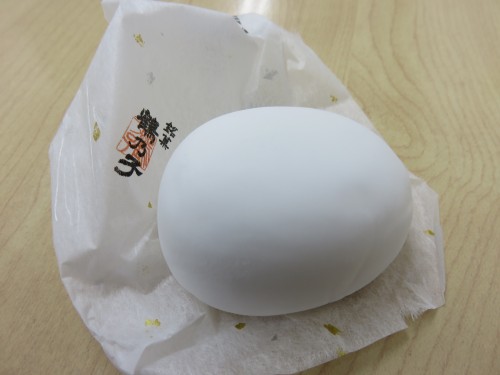
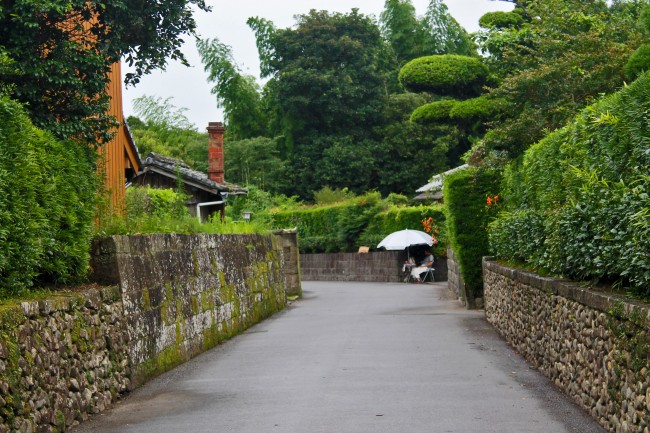

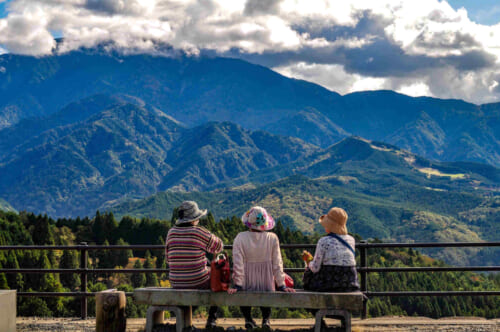



No Comments yet!